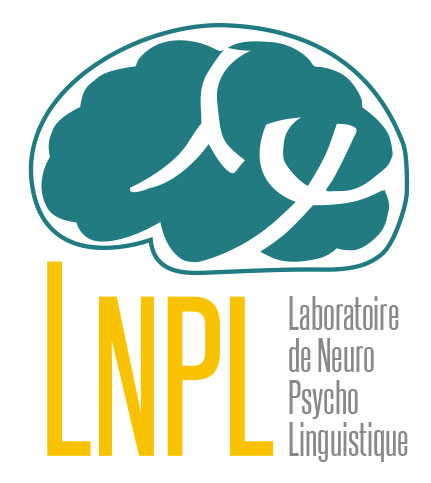- Recherche,
-
Partager cette page
Séminaire Octogone-Lordat : "Spontaneous speech as a window to language deficits: Evidence from mixed aphasias, tumors and vascular malformations" (Silvia Martinez Ferreiro, Octogone-Lordat)
Publié le 23 septembre 2020 – Mis à jour le 11 janvier 2021
le 16 octobre 2020
14h
Maison de la recherche, amphi F417
Silvia Martinez Ferreiro est post-doc dans le projet "Aphasie et Analyse du Discours en Interaction " (AADI financement Région Occitanie et FEDER)
Spontaneous speech as a window to language deficits: Evidence from mixed aphasias, tumors and vascular malformations.
Spontaneous speech analysis has undoubtfully contributed to the characterization of language alterations in people with aphasia (Wagenaar et al., 1975; Vermeulen et al., 1989; Bastiaanse & Jonkers, 1998; Prins & Bastiaanse, 2004; a.o.). However, most of the traditional studies have focused on a) people with prototypical Broca’s aphasia and b) morphosyntactic deficits involving nouns and lexical verbs.
Given that the collection and quantification of spontaneous speech are very time consuming, its analysis has largely fallen into disuse (Bastiaanse & Jonkers, 1998). However, the richness of spontaneous speech turns it into a powerful tool to make observations (1) across conditions, (2) across disciplines (2), and (3) across experimental variables.
In this talk, due to the lack of time, I will focus on (1) and (3) and I will show the potential of spontaneous speech to detect subtle changes into the verbal behavior of different individuals with languages deficits (mixed aphasias, people with tumoral lesions and people with vascular malformations) through the analysis of various variables at the word and at the sentence level, linking these findings to current to linguistic theory (Martínez-Ferreiro et al., 2017, 2018; Sandoval-León et al., in prep.).

